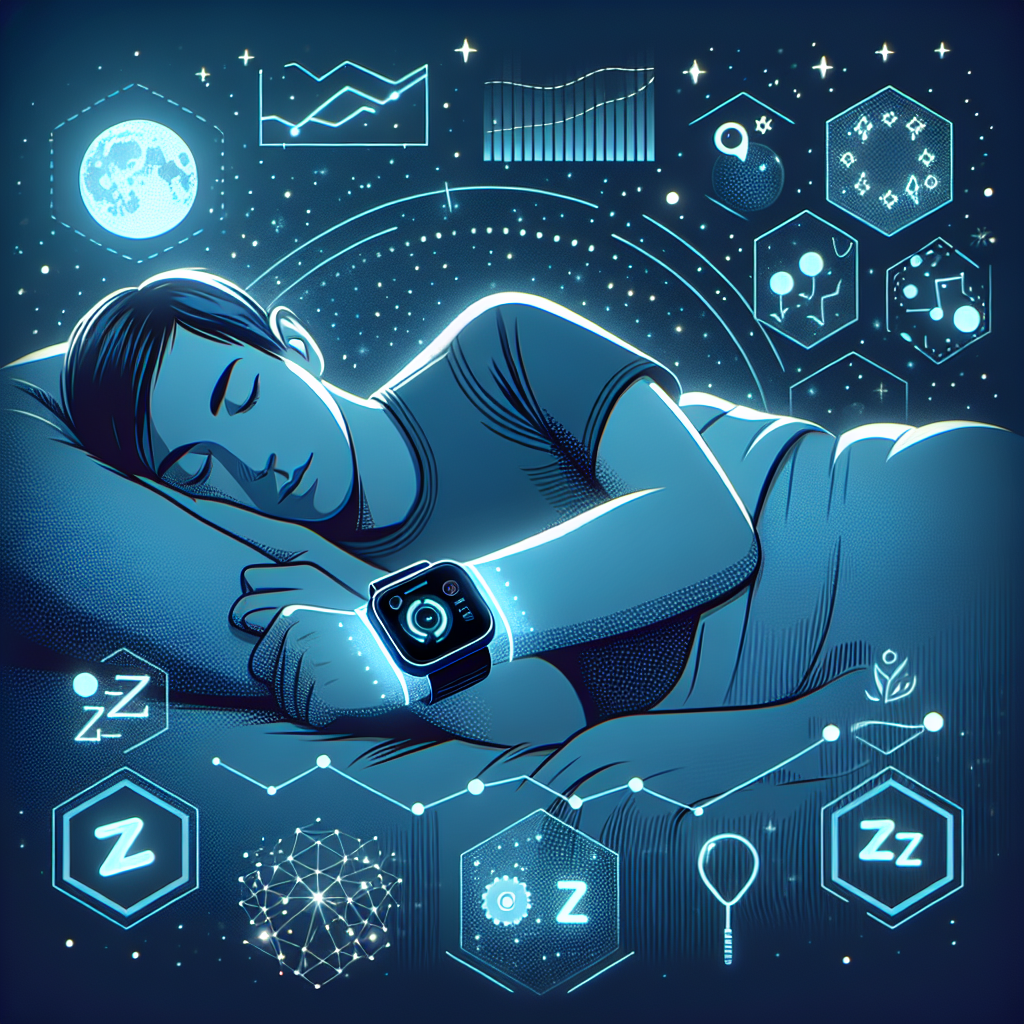How Wearable Technology is Revolutionizing Sleep Quality Monitoring and Tracking
The Evolution of Sleep Tracking Technology
In recent years, wearable technology has revolutionized the way we monitor and improve our sleep quality. These sophisticated devices have transformed from simple step counters to comprehensive health monitoring systems that provide valuable insights into our sleep patterns and overall well-being.
Understanding Modern Sleep Tracking Devices
Modern wearable devices employ advanced sensors and algorithms to track various aspects of sleep. These devices can monitor:
- Sleep duration and cycles
- Heart rate variability
- Body temperature
- Movement patterns
- Breathing rates
- Blood oxygen levels
Key Features of Sleep Tracking Wearables
Advanced Sleep Stage Monitoring
Today’s wearable devices can accurately detect different sleep stages, including:
- Light Sleep: The initial stage of sleep where you can be easily awakened
- Deep Sleep: The restorative phase crucial for physical recovery
- REM Sleep: The dream stage important for cognitive function and memory consolidation
Environmental Tracking
Many modern devices also monitor environmental factors that affect sleep quality, including:
- Room temperature
- Ambient noise levels
- Light exposure
- Air quality
How Wearable Tech Improves Sleep Quality
Data-Driven Sleep Insights
Wearable devices collect comprehensive data about your sleep patterns and provide actionable insights to improve sleep quality. These insights help users understand their sleep habits and make informed adjustments to their routines.
Smart Alarm Systems
Many wearables feature smart alarm systems that wake users during their lightest sleep phase, making mornings less jarring and more natural. This technology helps maintain healthy sleep-wake cycles and improves overall sleep quality.
Personalized Recommendations
Based on collected data, these devices offer personalized recommendations for:
- Optimal bedtime and wake-up schedules
- Ideal sleep duration
- Environmental adjustments
- Activity modifications
Integration with Health Ecosystems
Connected Health Platforms
Modern sleep tracking wearables integrate with broader health ecosystems, providing a comprehensive view of your health by connecting sleep data with:
- Physical activity levels
- Nutrition tracking
- Stress measurements
- Overall wellness metrics
AI-Powered Analysis
Artificial intelligence and machine learning algorithms analyze sleep data to identify patterns and provide increasingly accurate predictions and recommendations over time. This technology helps users understand the relationship between their daily habits and sleep quality.
The Impact on Health and Wellness
Physical Health Benefits
Improved sleep tracking and quality can lead to numerous physical health benefits:
- Enhanced immune system function
- Better weight management
- Increased energy levels
- Improved athletic performance
- Reduced risk of chronic diseases
Mental Health Advantages
Better sleep quality also positively impacts mental health through:
- Reduced stress and anxiety
- Improved mood regulation
- Enhanced cognitive function
- Better emotional resilience
Future Developments in Sleep Tracking Technology
Emerging Technologies
The future of sleep tracking wearables promises even more advanced features:
- Non-invasive blood glucose monitoring
- Advanced brain activity tracking
- Predictive health alerts
- Enhanced accuracy in sleep stage detection
Integration with Smart Home Systems
Future developments will likely include deeper integration with smart home systems, allowing automatic adjustment of:
- Room temperature
- Lighting conditions
- Air quality
- Sound environment
Choosing the Right Sleep Tracking Wearable
Key Considerations
When selecting a sleep tracking device, consider:
- Battery life and charging requirements
- Comfort and design
- Data accuracy and reliability
- Price point and value
- Compatible platforms and devices
- Additional features and capabilities
Best Practices for Using Sleep Tracking Wearables
Maximizing Benefits
To get the most out of your sleep tracking device:
- Wear the device consistently
- Keep the software updated
- Review sleep data regularly
- Implement recommended changes gradually
- Combine with good sleep hygiene practices
Conclusion
Wearable technology has fundamentally changed how we approach sleep quality and tracking. By providing detailed insights into our sleep patterns and offering personalized recommendations, these devices empower users to take control of their sleep health. As technology continues to advance, we can expect even more sophisticated solutions for improving sleep quality and overall well-being.

